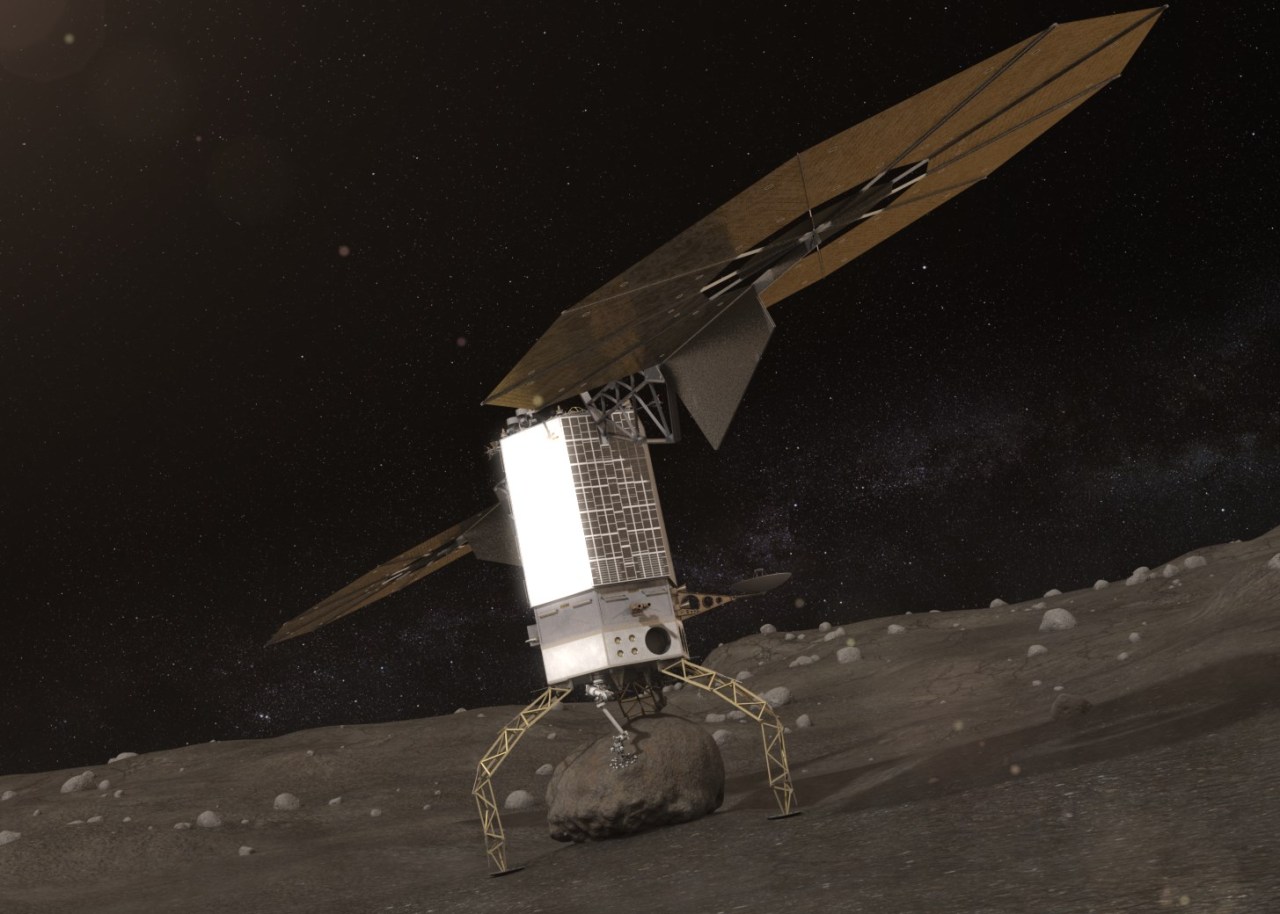The dream of mining asteroids is no longer limited to the realm of science fiction. As space exploration evolves, NASA has taken significant strides toward turning this once-fanciful dream into reality. The recently initiated Asteroid Redirect Mission (ARM) is poised to reshape our approach to resource extraction in space. In 2021, a new phase of this thrilling venture gears up, and with it, a call has been made for innovative proposals that could redefine our capabilities in cosmic resource gathering.
Navigating the New Frontier: The Objectives of ARM
While the OSIRIS-REx mission aims to collect asteroid samples and return them to Earth, ARM has its sights set on a different challenge. Its goal is to select, capture, and redirect a boulder from a passing asteroid into a stable, lunar orbit—creating a unique opportunity for astronauts to explore the rock in a secure environment. This approach makes it more feasible for human exploration, allowing future missions to gather samples at their convenience during trips to the Moon.
The Proposal Phase: A Call to Innovators
Navigating this ambitious mission will require creative minds and advanced technology. NASA recently issued a “request for proposals” inviting four prominent aerospace companies—Boeing, Orbital ATK, Lockheed Martin, and Space Systems—to contribute their unique insights and engineering prowess. Each company will need to propose designs for a robotic spacecraft capable of executing ARM’s vision. With a submission deadline of October 24, 2016, these companies have approximately a month to showcase their innovative concepts, ranging from sensor configurations to lander mechanisms.
- Boeing: Known for its extensive experience in spacecraft design, Boeing’s proposal may leverage its existing technologies and adapt them to the needs of the ARM.
- Orbital ATK: This company has a robust background in satellite systems, and its approach could integrate advanced propulsion systems for asteroid capture.
- Lockheed Martin: With a wealth of experience in human deep-space exploration, Lockheed might focus on safety and usability for astronauts as they explore the redirected asteroid.
- Space Systems: This newcomer might take a bold approach in its proposal, perhaps suggesting innovative robotic systems for asteroid processing.
Why Asteroid Mining Matters
The implications of asteroid mining extend far beyond scientific curiosity. Resources such as rare metals and water could be extracted from asteroids, which could play a crucial role in future space missions and even sustainability on Earth. As space becomes more accessible, the ability to utilize resources from celestial bodies might change our approach to resource management on our own planet.
The Road Ahead
As ARM progresses, it promises to open up a host of possibilities for future exploration and resource extraction. NASA’s commitment to working with industry leaders during this proposal phase reflects a strong determination to harness the collective expertise of the aerospace community. The decision regarding which proposal to move forward with will likely be announced in the following year, potentially unlocking a new chapter in our approach to interstellar resource gathering.
Conclusion: The Dawn of a New Era
NASA’s Asteroid Redirect Mission is more than just an ambitious project; it’s a testament to humanity’s relentless pursuit of knowledge and innovation. As we stand on the precipice of asteroid mining, the collaboration between NASA and aerospace companies serves as a beacon of hope for future exploration. At fxis.ai, we believe that such advancements are crucial for the future of AI, as they enable more comprehensive and effective solutions. Our team is continually exploring new methodologies to push the envelope in artificial intelligence, ensuring that our clients benefit from the latest technological innovations.
For more insights, updates, or to collaborate on AI development projects, stay connected with fxis.ai.

